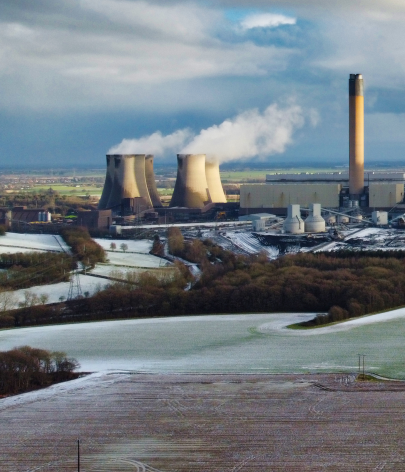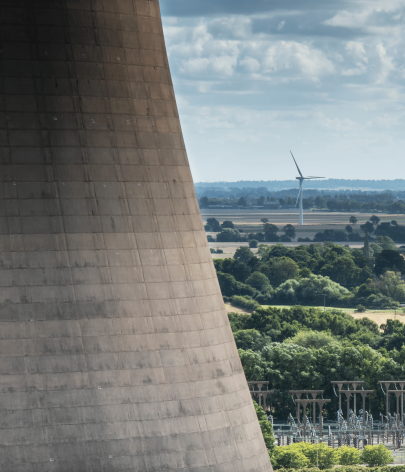About
Ember has examined existing estimates of BECCS costs, and used them to calculate the level of public subsidy required to build and operate Drax’s new power station.
Drax has not revealed the size of the new subsidy it is requesting from the UK government. However, our research, using the middle range of studies commissioned by BEIS, reveals that a large subsidy will be necessary, similar in size to that of the controversial Hinkley Point C nuclear project.
This paper also highlights that, due to the risks of high carbon emissions from harvesting and burning wood, Drax’s new power plant may not be able to deliver negative emissions at the scale or in the timeframe it promises.
Executive summary
Should the UK bet on BECCS?
Ember estimates the proposed biomass energy and carbon capture and storage plant will require £31.7 billion in subsidy.
Yet there is a major risk that the plant will not deliver the negative emissions promised
COO, Ember
High price tags are sometimes necessary for innovative green technologies. But with biomass, there’s a real risk that the UK doesn’t get what it’s paying for. We must be absolutely certain we’re not spending billions of pounds to accidentally increase our contribution to climate change. The UK also has a key role to test and commercialise green technologies that can be used around the world: if BECCS can’t realistically scale internationally, it’s not the right choice for the UK.

Summary
The UK’s largest power station is looking for a new subsidy
Eamonn Ives Centre for Policy Studies
We should always be wary when any business goes cap-in-hand to the government for subsidies – especially one from the energy sector. If Ember’s analysis is correct, British consumers will be forking out for expensive electricity with questionable environmental credentials. Subsidies like this are perfect ammunition for critics of Net Zero – who will no doubt weaponise them in the debate on whether to take greater action to end our contribution to climate change.
Conclusion
Recommendations
The principal message of this briefing is that the government must proceed cautiously with support for BECCS until the negative emissions it is paying for are guaranteed – within a timescale relevant to achieving the UK’s climate ambitions.
Before contracting a commercial-scale plant, more needs to be understood about the true carbon cost of imported forest biomass over timescales compatible with the Paris Agreement – and the very high-carbon scenarios completely ruled out.
- To facilitate the necessary public debate over BECCS, Drax should publish estimates for the subsidy requirements for BECCS – and a full lifecycle assessment of the carbon impact of their biomass feedstocks, with realistic counterfactuals.
- In the Sixth Carbon Budget, the Climate Change Committee state “the development of BECCS is contingent on sourcing sustainable biomass, given concerns over the associated lifecycle emissions”. It is essential that UK regulations on sustainable biomass are tightened.
- With BECCS playing an important role in many climate scenarios, less risky routes for biomass feedstock should be explored – especially in sourcing domestic energy crops on degraded land, which are less likely to have a large emissions impact.
- Carbon accounting isn’t just messy when it comes to biomass imports – the UK’s carbon budgets also bundle emissions mitigation and negative emissions. To give clarity on the scale of negative emissions necessary under our 2050 net zero law, residual emissions and negative emissions budgets should be unbundled.
- Given BECCS cannot yet be relied upon to provide true net negative emissions, there’s an urgent need to understand other routes to provide negative emissions – and reconsider the potential for further emissions mitigation to minimise the requirement for net negative emissions.




